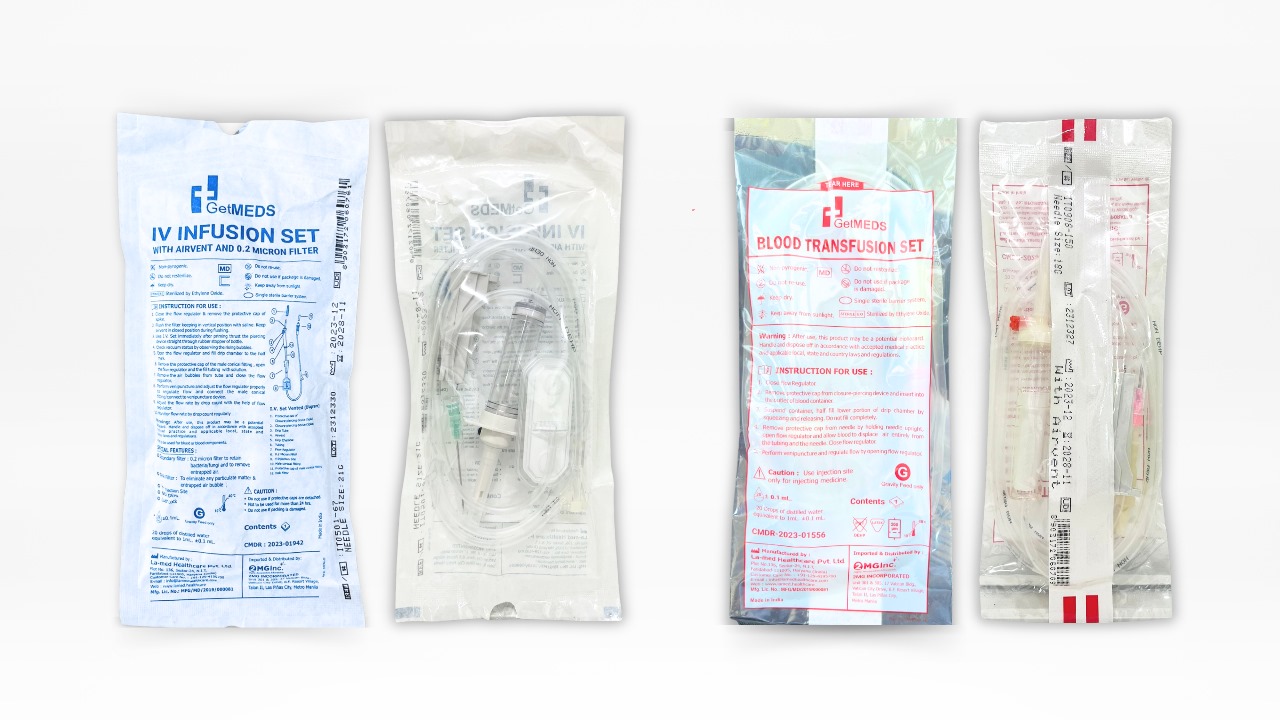SCLC (Small-Cell Lung Cancer), at times also known as Small-Cell Carcinoma, causes nearly 10%-15% of all lung cancer. It might also be called Oat cell carcinoma, Small Cell Undifferentiated Carcinoma, and Oat Cell Cancer. This is lung cancer’s most aggressive type as with it, cancer cells grow instantly as well as travel to your body’s other parts, or metastasize, more conveniently.
Moreover, the main cause of both non-small-cell lung cancer and small-cell lung cancer is tobacco smoking. However, the latter is more firmly associated with smoking as compared to the former one.
There are 2 major kinds –
- Combined Small-Cell Carcinoma
- Oat Cell Cancer (Small-Cell Carcinoma)
Both include different cell types that grow & spread in distinctive manners. Furthermore, they are named as per what the cells look like under the microscope. Make sure to communicate with the treatment team and your doctor regarding your cancer’s details along with the treatment alternatives which are the most suitable for you.
Table of Contents
Symptoms of Small Cell Lung Cancer
A majority of the symptoms related to SCLC are not present until the progression of cancer. Often, oat cell cancer symptoms consistently evolve & worse as this disease spreads to your distant organs.
The early SCLC symptoms –
- Chest pain which gets worse with laughing, coughing, or deep breathing
- Persistent cough
- Unexplained weight and appetite loss
- Hoarseness
- Shortness of breath
- Coughing up blood or the rust-coloured phlegm
- Pneumonia, Bronchitis, or any other infection that keep recurring
- Feeling tired and/or weak
- Wheezing
Advanced-stage SCLC symptoms –
- Dizziness, limbs which become numb or weak, headaches
- Bone Pain
- Lumps in your collarbone region or neck
- Jaundice
At times, SCLC can also cause paraneoplastic syndromes. While it is not always the case, these syndromes are usually the early symptoms of SCLC. This disease might cause one of the 3 paraneoplastic syndromes i.e., Lambert-Eaton Syndrome, Cushing Syndrome, or SIADH (Syndrome of Inappropriate Antidiuretic Hormone). The paraneoplastic syndromes’ symptoms include muscle weakness, muscle cramps, enhancement of calcium in your blood & clubbing that refers to an alteration in your fingertips’ shape.
Read also: Regular Screening for Lung Cancer & Why is it Important?
Risk Factors
- Exposure to second-hand smoke – This is considered as one of the most relevant small cell lung cancer risk factors, as even if one doesn’t smoke, the risk of lung cancer enhances in case you are exposed to second-hand smoke.
- Smoking – Your lung cancer risk boosts with the number of cigarettes you smoke every day as well as the number of years you have smoked.
- Exposure to the radon gas – Radon is generated by uranium’s natural breakdown in rock, water, and soil which eventually becomes a part of the air you breathe.
- Previous radiation therapy – In case you have experienced radiation therapy to your chest for any other cancer type, you might have an enhanced risk of developing lung cancer.
- Family history of lung cancer – Individuals with a sibling, child, or parent with this disease have an enhanced risk of SCLC.
- Exposure to asbestos & other carcinogens – Your workplace exposure to asbestos & other substances known for causing cancer, like chromium, nickel, and arsenic, can boost the risk of getting lung cancer, particularly in case you are a smoker.
Diagnosis
In case you are suspected of lung cancer, the doctor will suggest imaging tests (PET, MRI, or CT scans) for identifying abnormalities in & around the lungs for better small cell lung cancer diagnosis. Also, your doctor might take your mucus’s sample to search for the cancer cells. In case these early tests recognize cancer, the biopsy can be carried out by either inserting the needle or making the incision in the chest for removing a tiny bit of tissue from the lung for further inspection. Another technique commonly used by doctors for both visualizing and removing lung tissue is known as bronchoscopy.
Besides, your doctor will evaluate the extent to which SCLC has spread throughout the body. Called staging, this descriptive procedure can support informed treatment. Though numerical stages are utilized for this disease and other cancers, SCLC is usually classified as either ED (Extensive-Stage Disease), where cancer has spread outside your chest or LD (Limited-Stage Disease), where cancer stays confined to the reasonable radiation area within your chest.
Prognosis of small cell lung cancer
Nearly 60%-70% of the patients with SCLC have clinically circulated or extensive disease at presentation. Please note that extensive-stage SCLC is incurable. When offered combination chemotherapy, those patients who are suffering from Extensive-Stage ailment have a complete response rate of over 20% as well as the median survival longer than the period of 7 months. However, just 2% are alive at 5 years.
For people with Limited-Stage Disease which is treated with combination chemotherapy in addition to chest radiation, the complete response rate of 80%, as well as the survival period of 17 months, have been studied. Also, 12%-15% of patients are alive at 5 years.
Needless to say, coping with a cancer diagnosis can be tough. Along with going through anxiety and grief, individuals with SCLC should undergo the long treatment & recovery period which can turn out to be physically challenging. Patients diagnosed with this disease can cope with their situation in a variety of ways. The key to moving forward as well as to living a happy, full life is being optimistic and adaptable. Are you someone suffering from Oat cell carcinoma? If yes, then make sure to learn more regarding the condition & possible treatments by interacting with your doctor.
Also, you can utilize online resources for increasing your understanding besides gaining a sense of control over your condition. Look for a healthy way of expressing your emotions, whether it is consulting with the therapist, keeping a journal of your feelings, or visiting music/art therapy. If you want, you can also join the cancer support groups so that they can interact regarding their experiences with other individuals who can relate to what they are experiencing.

 Login/Register
Login/Register











Be the first to comment on "All you need to know about the Symptoms & Diagnosis of Small Cell Lung Cancer"